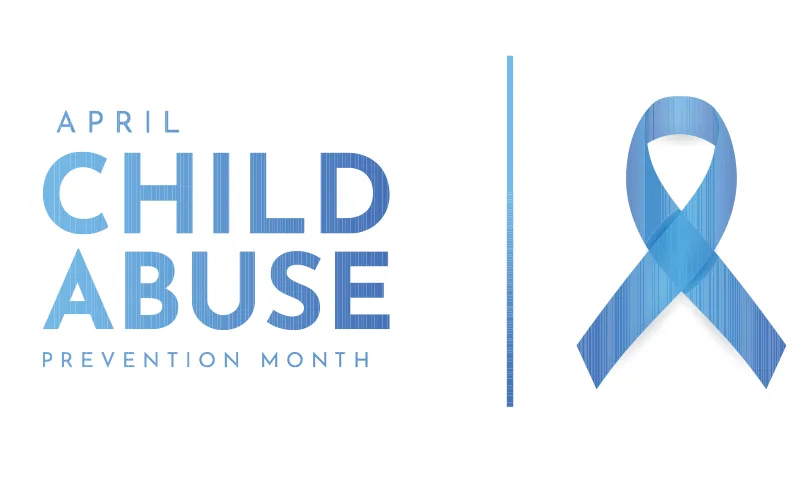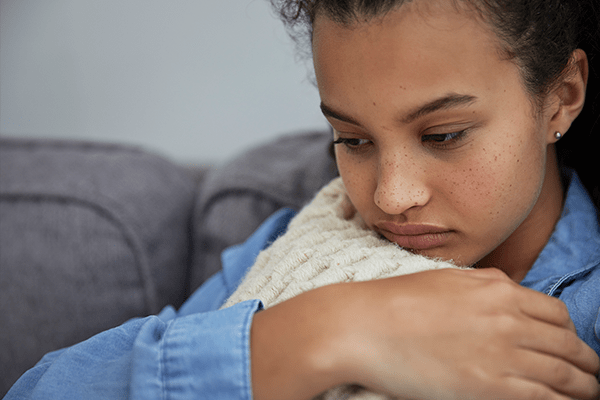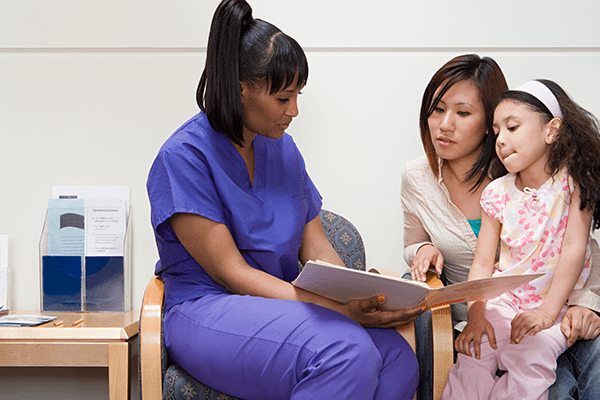Child Abuse Prevention for Parents
How parents can help prevent child abuse.
- 3 min read
- health & wellness

April is National Child Abuse Prevention Month. According to an article on kidshealth.org, child abuse happens when someone caring for a child hurts their feelings or body. As a parent, knowing the types of child abuse, the signs, and how to act are all crucial to prevention.
There are different types of child abuse
Child abuse occurs in many ways, and the signs vary depending on the type of abuse. The Mayo Clinic lists some of the different forms of child abuse and the common signs of each:
Physical abuse occurs when a child is intentionally physically injured or put at risk of harm by another person. Some of the signs and symptoms of physical child abuse include unexplained injuries such as bruises, fractures, or burns, and injuries that don’t match the explanation given.
Sexual abuse is any sexual activity with a child, such as fondling, oral-genital contact, intercourse, exploitation, or exposure to child pornography. Some of the signs and symptoms of sexual child abuse include sexual behavior or knowledge that’s inappropriate for the child’s age, blood in the child’s underwear, statements that he or she was sexually abused, or inappropriate contact with other children.
Emotional abuse involves injuring a child’s self-esteem or emotional well-being. This includes verbal and emotional assault, as well as isolating, ignoring, or rejecting a child. Some of the signs and symptoms of emotional child abuse include delayed or inappropriate emotional development, loss of self-confidence or self-esteem, social withdrawal, and depression.

Neglect is failure to provide adequate food, shelter, affection, supervision, education, or medical care to a child. Some of the signs and symptoms of child neglect include poor growth or weight gain, poor hygiene, lack of clothing or supplies to meet physical needs, hiding food for later, and lack of appropriate medical attention or care.
What to do if you suspect child abuse as a parent
If you suspect your own child is being abused (whether that be by their other parent, a friend, a teacher, or anyone else) you need to act immediately. In any of these cases, you can contact your local child protective services agency, police department, and/or hospital.
If you are in a shared parenting relationship and you suspect your co-parent is your child’s abuser, immediate action is still crucial. Taking your child to a family doctor or emergency room is a good first step.
Collecting evidence is also crucial to any child abuse case, particularly in a joint custody situation. If you are petitioning for emergency custody, your family law attorney may request photo evidence, medical records, or witness statements. You should keep critical information like this well-organized by documenting it all in one, secure place.

If you and your co-parent are on one of our paid subscription plans with TalkingParents, you have access to Vault File Storage. This feature allows you to store and organize images, videos, and any other files in your personal storage space (without your co-parent having access). You can then share these files directly from your Vault via email to any third party.
What to do if you’re worried you might abuse your child
Seek help immediately. The Mayo Clinic recommends these organizations to provide you with information and referrals:
- Childhelp National Child Abuse Hotline: 1-800-4-A-CHILD (1-800-422-4453)
- Prevent Child Abuse America: 1-800-CHILDREN (1-800-244-5373)
The Mayo Clinic also recommends that you talk to a family doctor or healthcare provider so they can connect you with appropriate resources like parent education classes, counseling, or support groups.
Child abuse prevention starts with each and every one of us
Whether or not you are a parent, if you see something, say something. Not all child abuse suspicions turn out to be true, but as kidshealth.org states, all deserve serious attention and fast action.